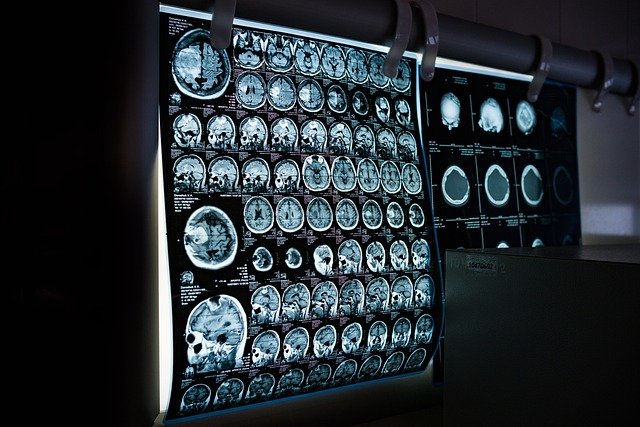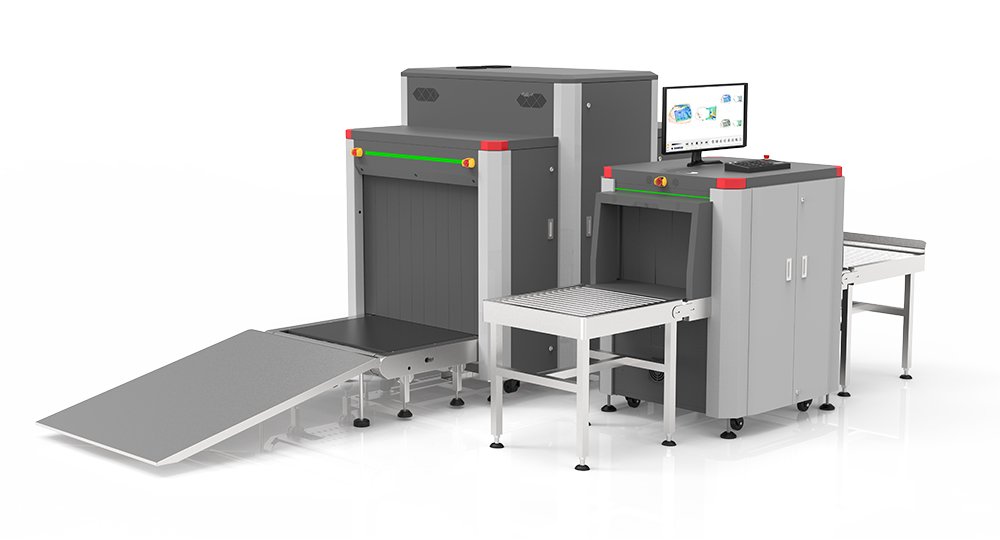Just as visible light is perceptible to our eyes, X-rays are a form of electromagnetic waves. However, visible light has a longer wavelength and lower energy, resulting in weaker penetration capabilities within substances. In contrast, X-rays have shorter wavelengths and higher energy, leading to stronger penetration capabilities in materials. The penetrating power of X-rays is also influenced by material density, with higher density resulting in greater X-ray absorption. Medical X-ray imaging devices leverage this property to differentiate between bones and soft tissues. X-ray exposure falls under ionizing radiation, and excessive exposure can cause harm to living organisms. Therefore, the use of X-ray diagnostic and therapeutic methods should be restrained unless absolutely necessary.

The principles behind baggage X-ray security screening machines are similar to those of medical X-ray imaging devices. However, since baggage screening places less demand on imaging quality compared to medical applications, the intensity of X-rays used in baggage screening is much lower, approximately one percent of the radiation dose of medical X-ray imaging devices. The impact on items passing through the baggage inspection channel can be largely neglected. Additionally, all sides of the baggage X-ray screening machine are shielded with lead plates of a certain thickness, and the baggage inspection channel is covered with lead rubber curtains, reducing the radiation dose on the outer surface of the screening machine by approximately two orders of magnitude. The external radiation from baggage X-ray security screening machines is minimal, but care should be taken not to extend hands into the lead rubber curtains when retrieving luggage.
Airport security X-ray full-body scanners employ backscatter X-ray detection technology, using X-rays with lower energy that can penetrate only a few millimeters into the skin. X-rays collide with electrons within the body, resulting in energy loss, and the magnitude of energy loss is related to the density of the subject. The full-body scanner detects changes in the energy and intensity of X-rays reflected back, thereby distinguishing between human skin tissues and metallic items such as knives or weapons. Since the X-rays used in full-body scanners have lower energy and intensity, undergoing a full-body scan exposes an individual to a radiation dose approximately equivalent to one five-thousandth of a standard X-ray, making the impact relatively small.
However, it should be clarified that any dose of ionizing radiation, including X-rays, carries potential risks to the human body. Although there are radiation dose safety standards both domestically and internationally, the absolute safety threshold for human exposure remains scientifically unclear. Consequently, research and application of non-radiation alternatives to X-ray security scanners, especially non-ionizing radiation technologies such as the currently available millimeter-wave imaging systems, are eagerly anticipated by the public.
Table: In reality, humans are exposed to radiation, including X-rays, every day. Some of this radiation comes from cosmic rays in space, while some originates from radioactive substances on Earth. Common medical procedures such as X-ray imaging and CT scans constitute the primary sources of artificially induced radiation exposure for individuals. The table below outlines the radiation doses associated with several relevant activities (Sv is a unit indicating the biological effect of radiation, where 1 Sv = 1 J/kg, and 1 Sv = 1,000,000 µSv).

Radiation Doses (μSv):
Understanding Radiation Doses: From Airport Scans to Medical Procedures - Safeagle

Fill out more information, We will get back to you within 24 hours.
4F.,Bldg. B, Jin Hao Pioneer Park, No.9 Dafu Industrial Zone, Aobei Community, Guanlan St., Longhua Dist., Shenzhen, R.P.China
Sales@Safeagle.com
Telephone : 86-0755-82373580
Business Phone : 86-0755-82373580
Work Time :9:00-18:30(Beijing time)